At what age can you stop sterilising baby bottles?
.png?v=1672922159914)
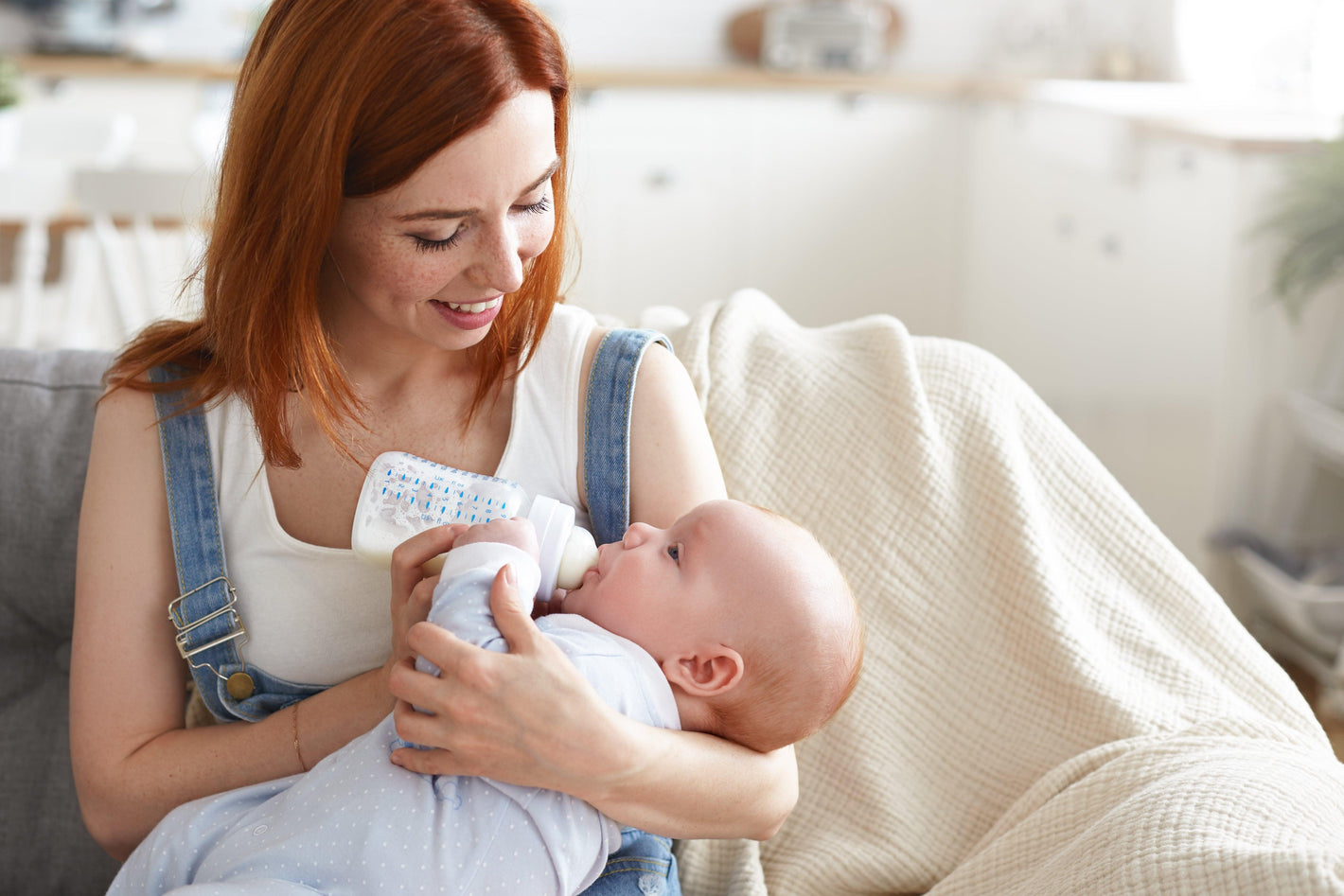
Related products
What’s covered?
At what age can you stop sterilising baby bottles?
Baby bottles need frequent sterilisation to avoid the growth of dangerous germs.
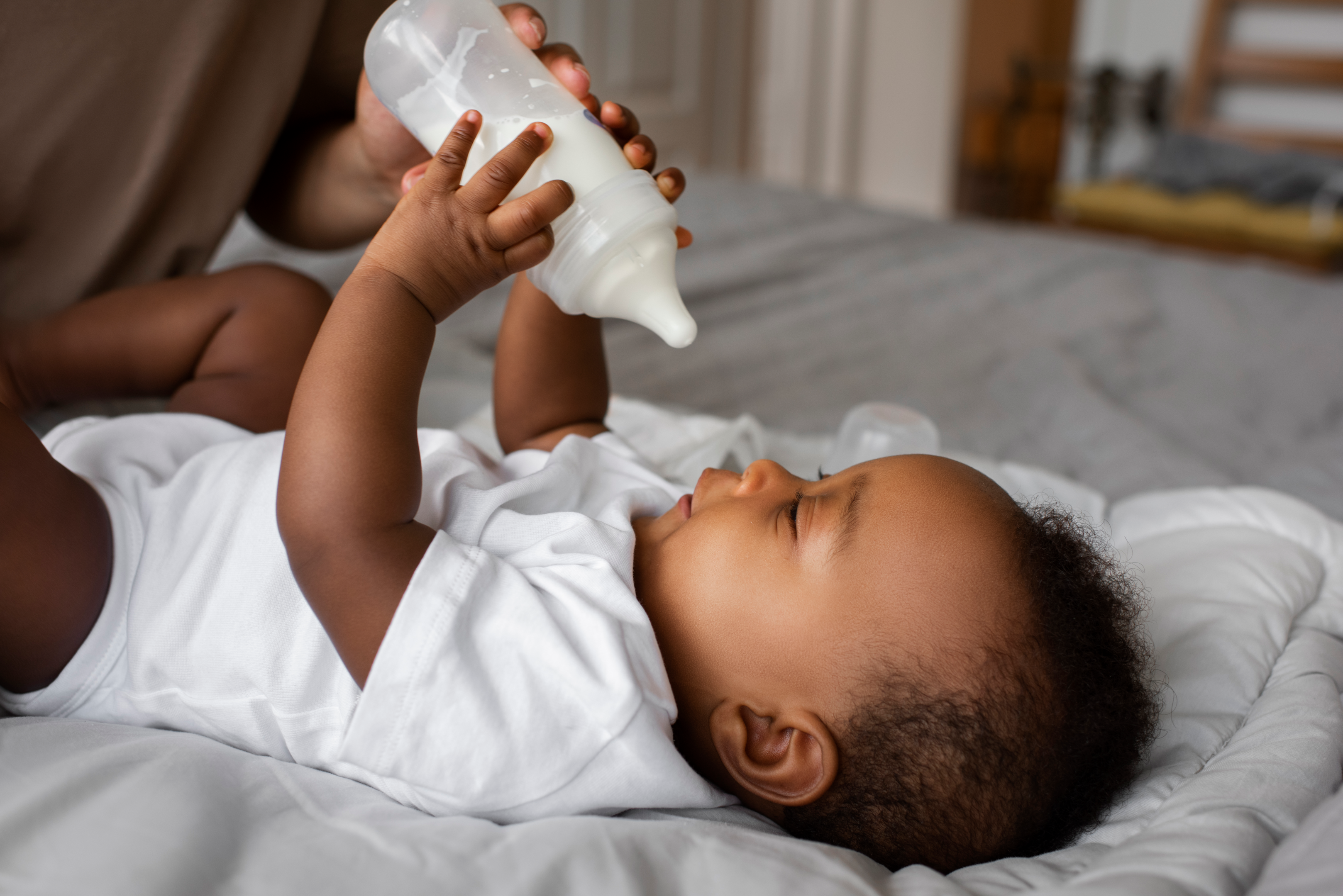
Babies are highly vulnerable to dangerous germs that can cause vomiting and diarrhoea. The corners, crannies, nooks and teats of the feeding bottles are excellent sites for the growth of these germs. These germs can form resistant and stable colonies in the form of films on these sites, which are highly resistant to routine washing and even disinfection.
NHS guidelines generally recommend continuing to sterilise baby bottles until your baby is at least 12 months old. This is because babies under one have immature immune systems, making them more vulnerable to bacteria that may linger in milk residues. Sterilising isn’t just about washing bottles with hot water and soap—it’s about killing off harmful germs that normal cleaning can miss./ That's why it is recommended to sterilise baby bottles alongside the feeding scope. But how often should you sterilise the baby's feeding equipment, and when can you stop this practice? Let me summarise the answer.
What is sterilisation, and how does it work?
Sterilisation is the destruction of all life forms, e.g., bacteria, viruses, fungi, protozoa etc. A thorough sterilisation ensures that the given utensil is entirely safe to use. The standard methods used for the sterilisation of baby bottles are;
Steam sterilisation
This method uses a microwave or electrical steriliser. The heated steam destroys, coagulates and denatures the enzymes of germs, destroying their structural proteins, and ultimately killing them. Use the instructions of manufacturers for safe use.
Boiling
It is the easiest method which you can try without any equipment. Just wash and clean the bottles and keep them in a large pot of boiling water (at 100C) for at least 10 minutes. Be sure to keep all utensils completely dipped. You can use a timer to note the time. This method is easy but can be risky in the long run, as frequent boiling can damage the teats.
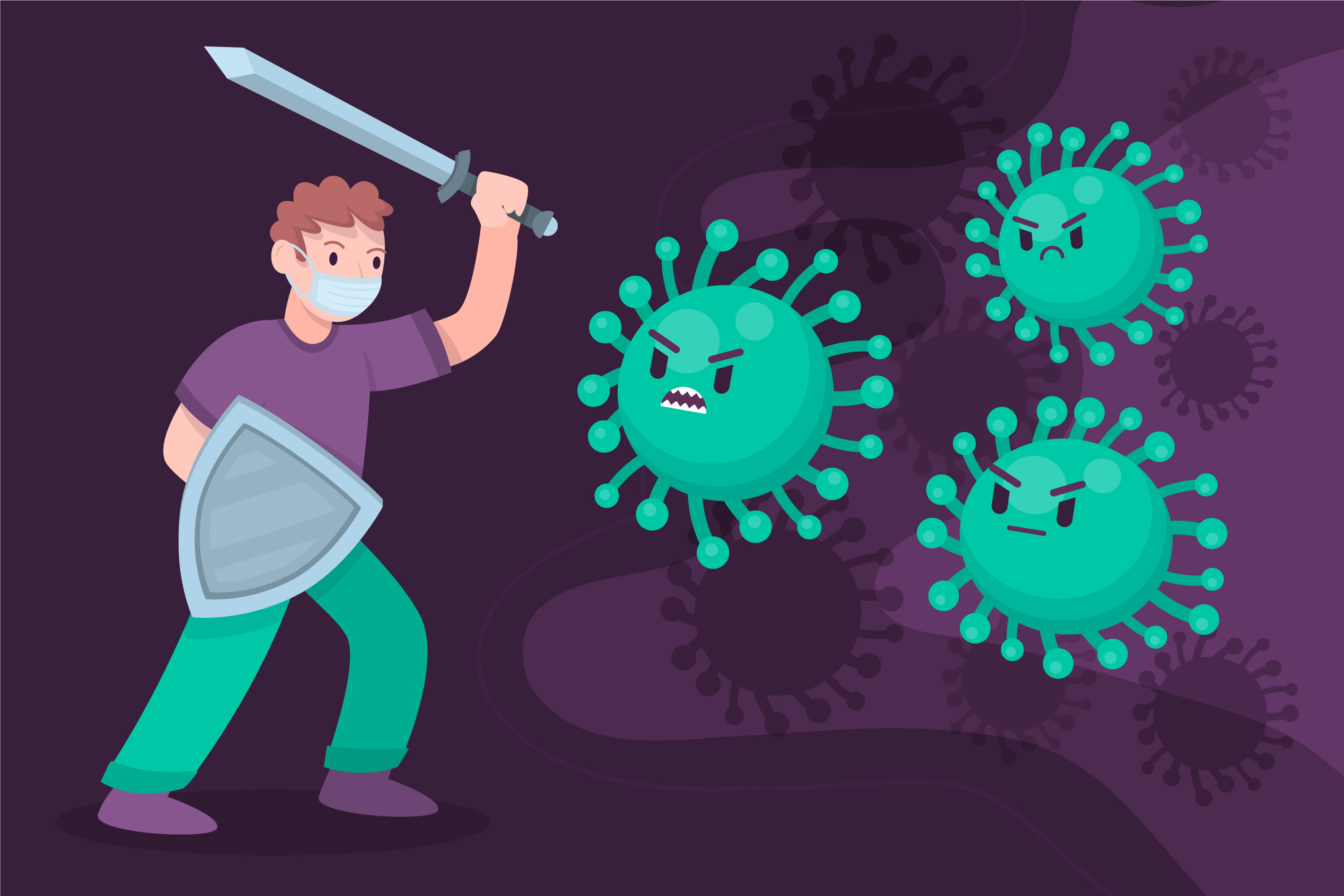
Cold water sterilisation
Freezing water is also harmful to germs as boiling one. It freezes all the life activities in the germs, killing them. However, you must keep the bottles for at least 30 minutes in the cold water and shouldn't use a used solution another time. The solution should be free from bubbles. This method protects your bottles from heat damage.
Sterilisation through radiations
For this purpose, specially designed sterilisation equipment is used, which employs VU light, gamma rays etc. Prolonged exposure to these rays kills the germs. Depending upon the mechanism, these instruments use either dry or moist heat to kill the germs.
Will the dishwasher work?
A routine dishwasher will wash the bottles and remove stains, but it will do nothing to the bacterial colonies that have grown and stabilised on the bottles. So, it is essential to sterilise the feeding bottles after washing them. Be careful to wash thoroughly before putting in steriliser to remove the stains of detergent because such stains can provide hiding stations to the germs, resulting in incomplete sterilisation.
When can you stop the sterilisation of bottles?
Now, let's come to the main question. At which age of your baby can you leave the practice safely? As the babies grow, their immune systems also develop and become more robust and strong. The baby will develop immunity against most bottle germs, and eventually, you don't need to use sterilisation after some time.
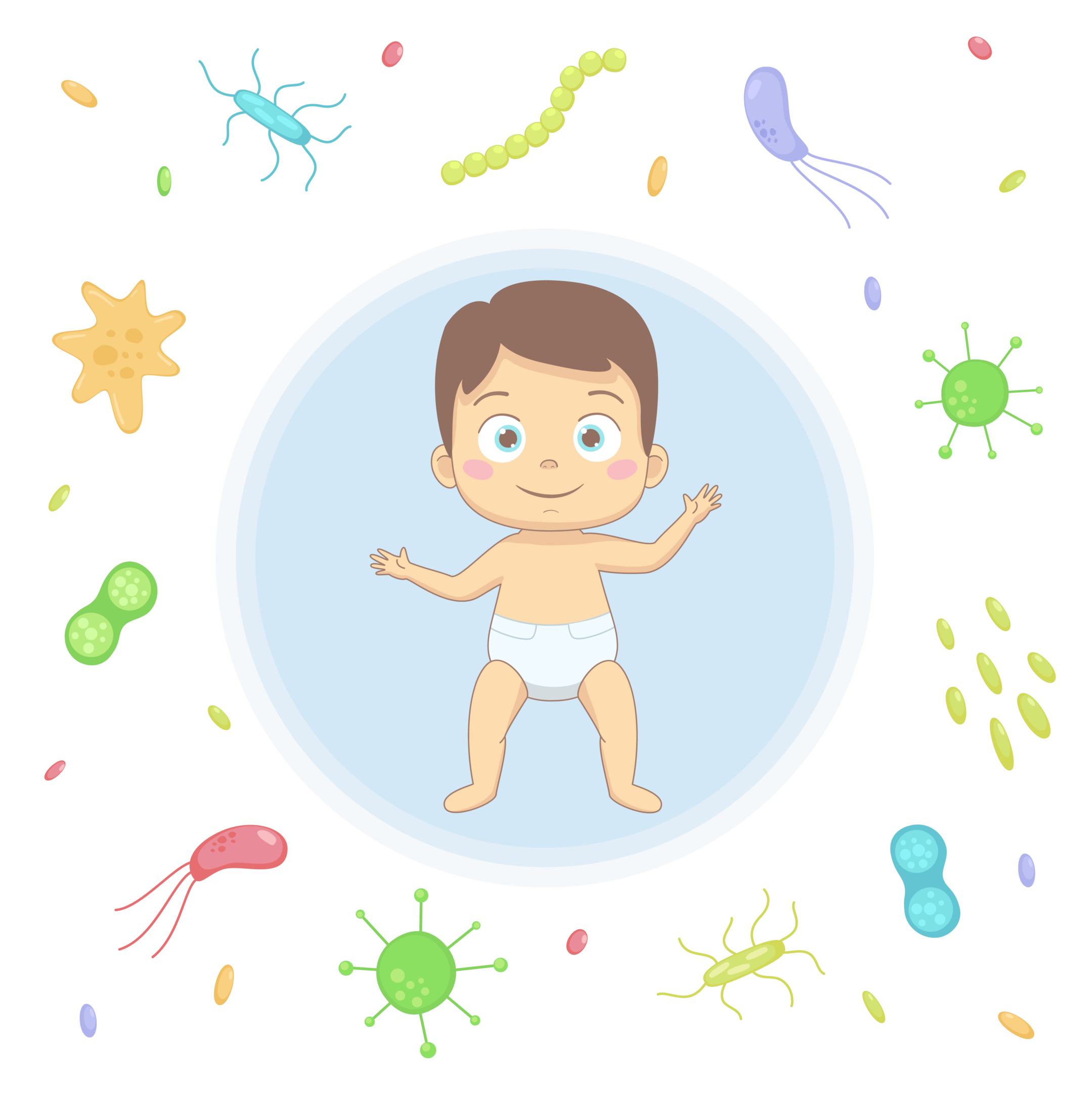
For average babies, you should wait for at least 12 months before leaving the sterilisation. By this time, the immune system has advanced to a sufficient degree. Although the development of the adaptive immune system continues throughout childhood, by 12 months, the innate immune system (first line of defence) becomes strong enough to fight the infection. By this time, the infant's stomach becomes functional, and any germ daring to enter the stomach will not survive the extreme acidity (pH, 1.5-2.0).
However, if the baby's health is compromised and unsatisfactory, you can use a steriliser for an extended period.
What will happen if you stop using sterilisation earlier?
Leaving the sterilisation or not using it altogether can save some amount as you don't need to buy expensive equipment for sterilisation, but it will not be so friendly to your baby. The bacteria will grow in the feeding bottles causing diseases, e.g.,
-
Diarrhoea
-
Low appetite
-
Distension of belly (due to gases)
-
Paediatric gastroenteritis
-
Abdominal pain and blood in stools in severe cases.
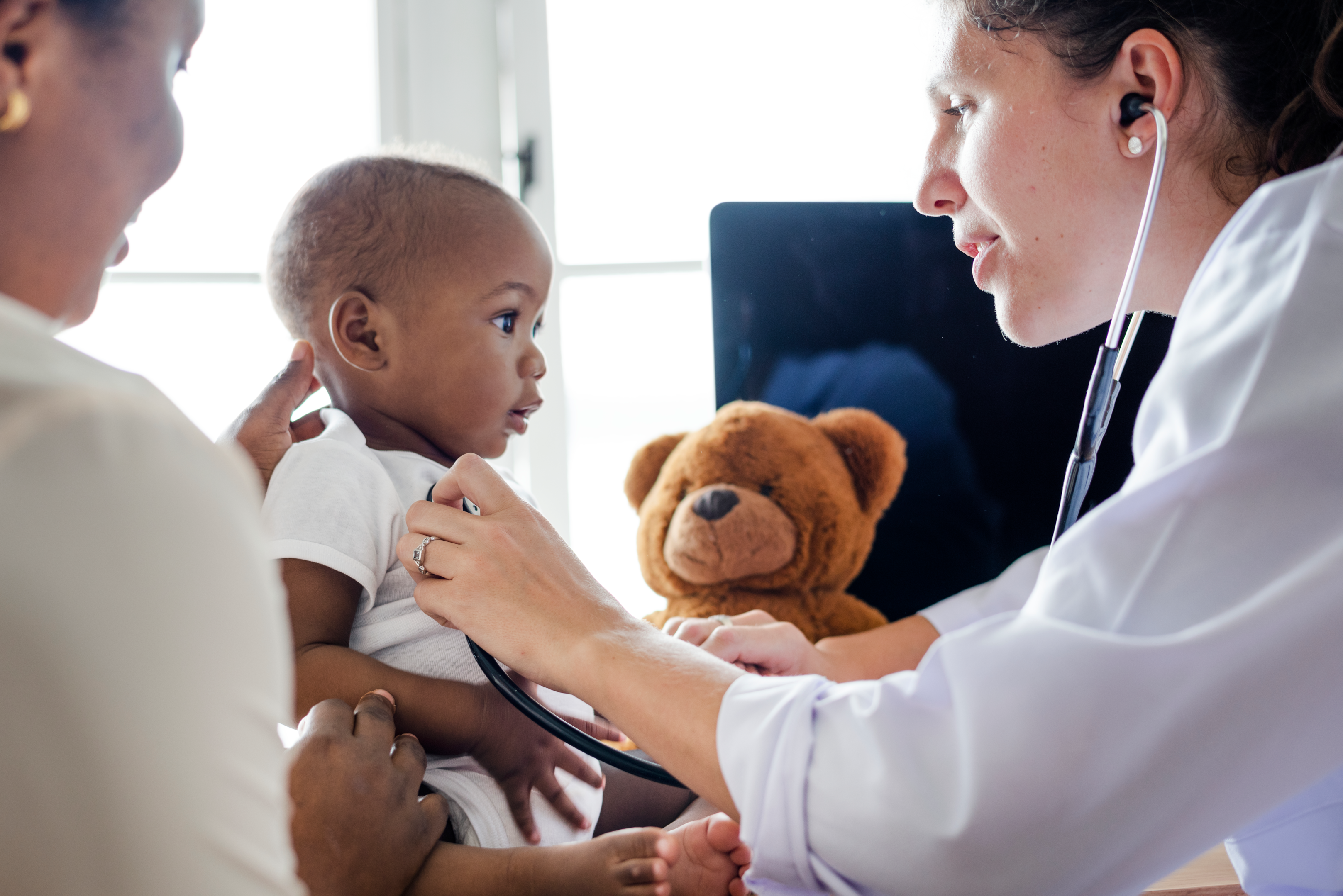
The baby's immune system will always be overburdened and will take longer to develop to the same level as expected otherwise.
However, not all such cases are related to milk bottles. Your baby may be intolerant to some foods. Here, our food intolerance test helps you to know if your baby has food intolerance by detecting the antibodies related to food allergies. Click here to order your test kit.
Should I sterilise baby beakers or cups?
To encourage the baby to feed from cups and beakers, some people introduce beakers and cups after 6 months of age. Should you sterilise these utensils? It depends upon the nature of these vessels. Usually, these are free from nooks and crannies and can be washed easily with common detergents, and you don't need to use sterilisation.
Thoroughly wash these utensils in hot soapy water, and hang them upside down on the top shelf to completely drain the water. Alternatively, you can dry them with a clean towel. Similarly, you don't need to sterilise the other equipment, e.g., babies' cutlery, bibs, bowls etc.
What should be the frequency of sterilisation?
It depends upon the health of your baby. Usually, it is recommended to use sterilisation daily after each use for at least 3 months of age. You can lower the frequency for a baby over 3 months of age, but you should still continue to sterilise for at least 12 months.
Strict sterilisation to remove all life forms from the bottles is recommended, particularly during the first three months and for 6 months in case, your baby is born with a poor immune system or is born prematurely.
Bottom-line
The new-born baby's immune system is still developing in the initial months. So, you need to sterilise the baby's bottles and all related equipment for at least 12 months with more frequency in the first 3-6 months. This process will remove all of the bacteria and their colonies and films. By this time, the baby's immune system has matured and can handle any infection.
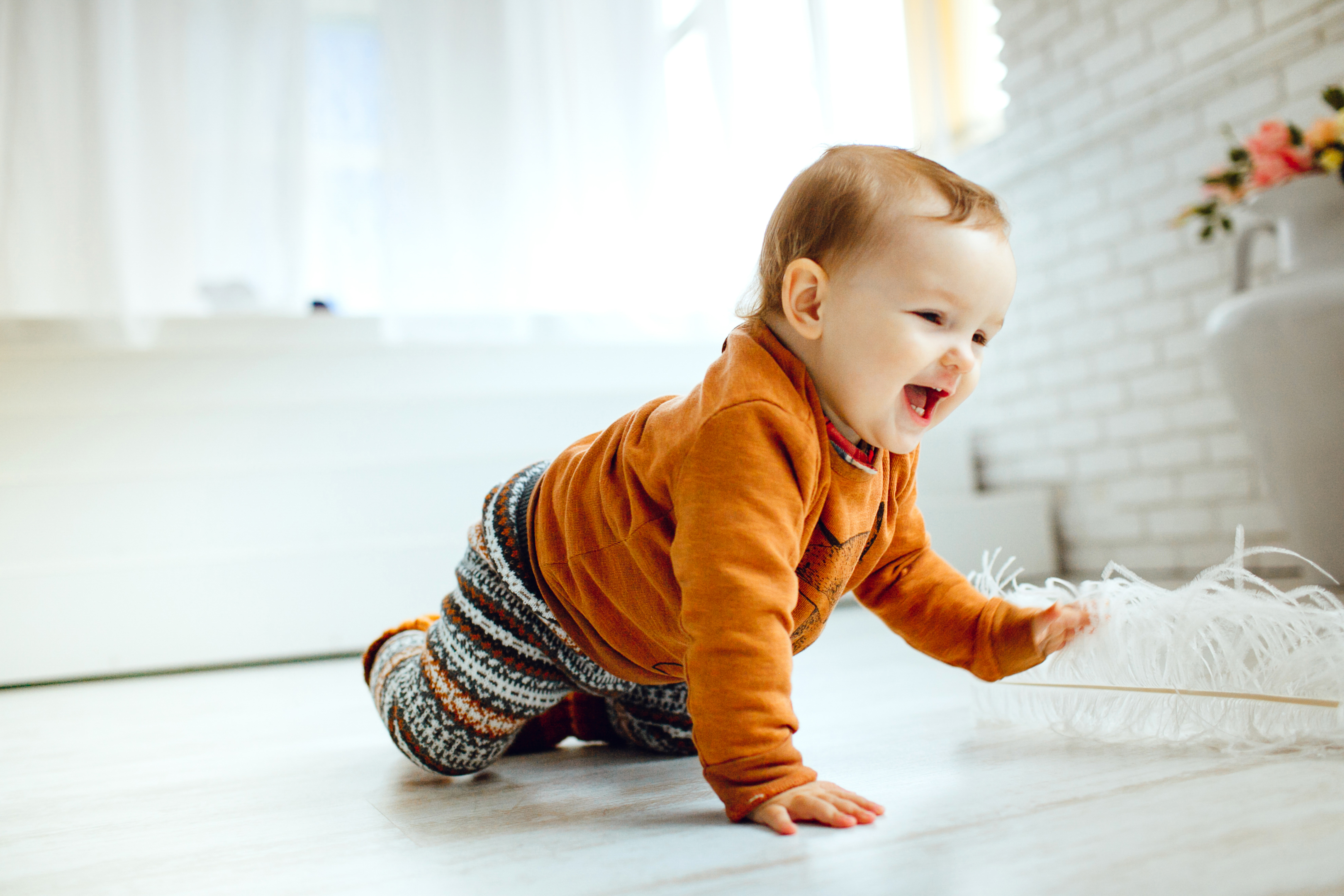
Before going to sterilise bottles, use warm soapy water to clean the bottles with a bottle brush. Sterilisation is necessary whether you use the mother's extracted milk or formula milk. The sterilised bottles are safer for your baby's stomach.
Our Baby & Child health page has several products related to baby health. Click here to visit the page.
To consult our health professionals, click here.



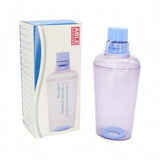
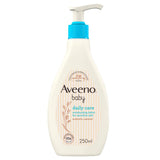
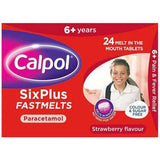
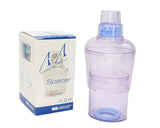
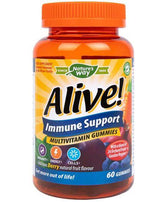
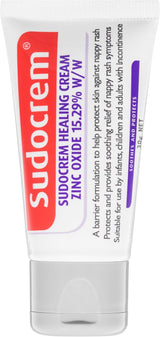
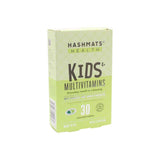

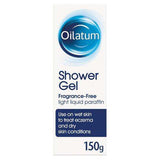
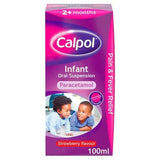

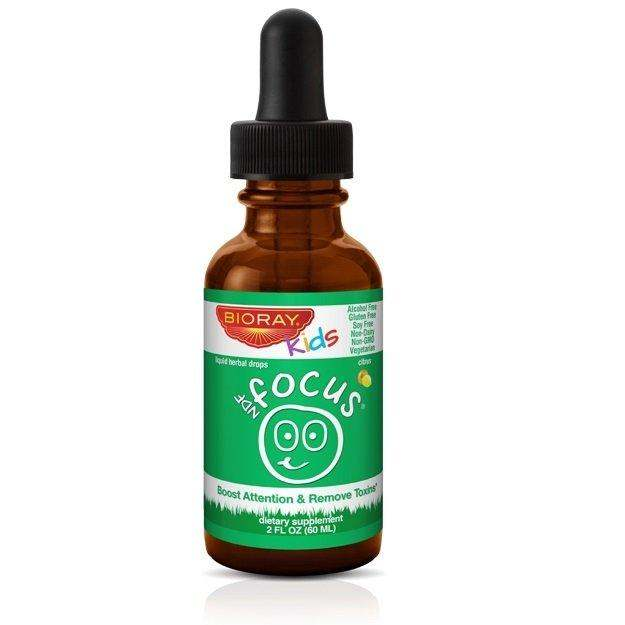
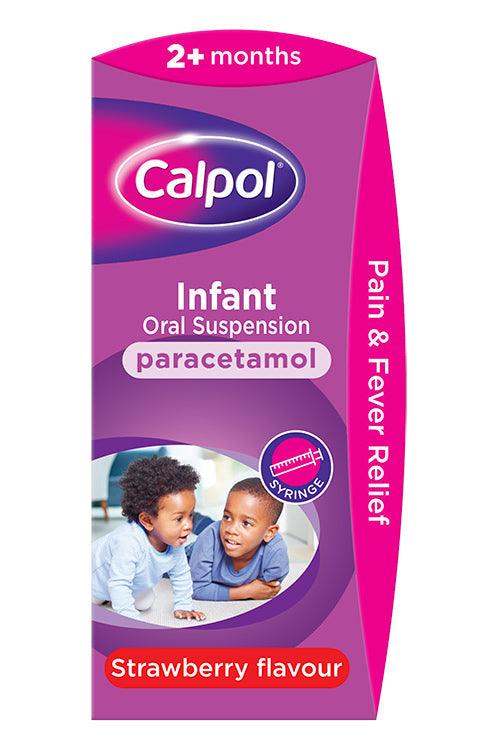
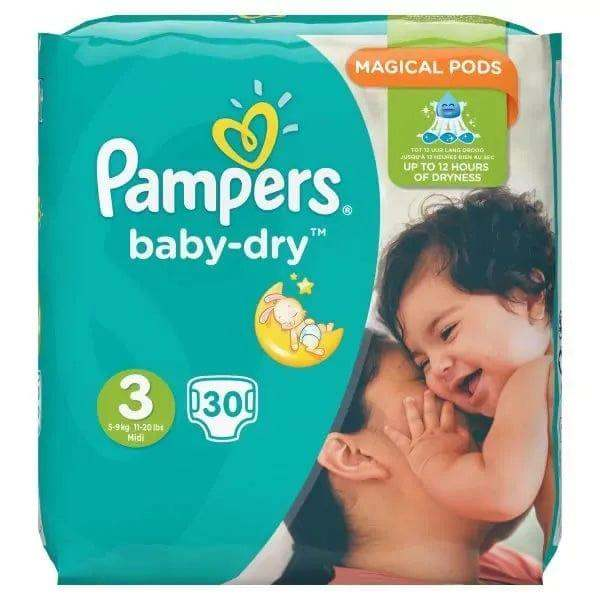
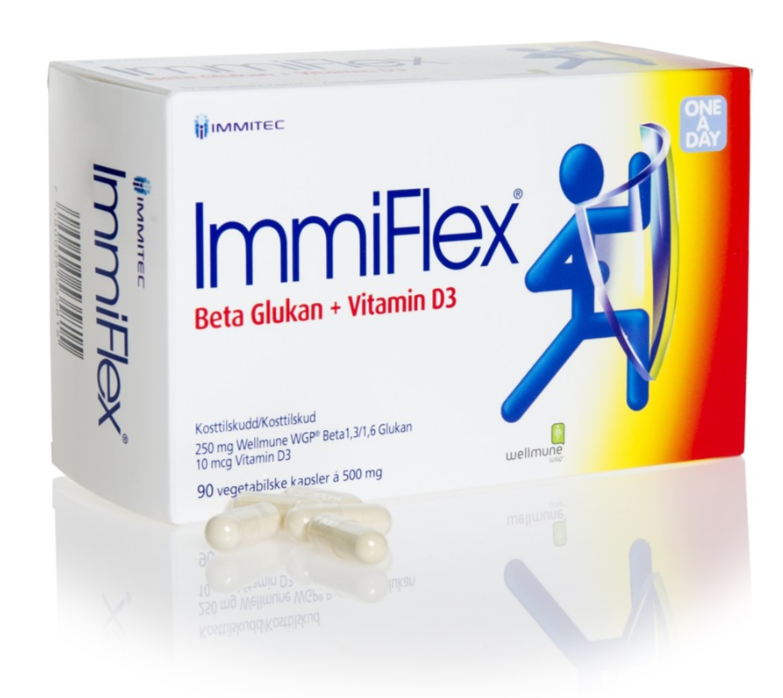
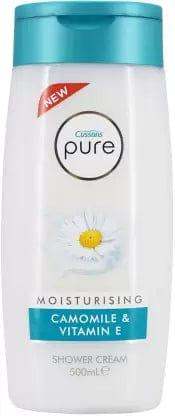
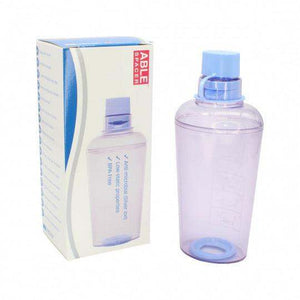

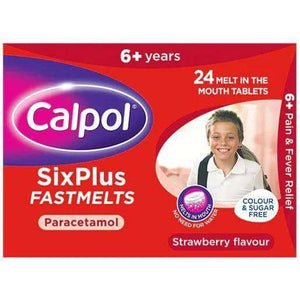
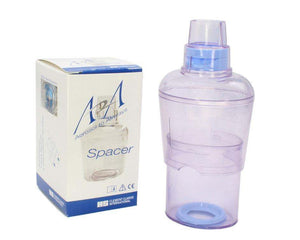
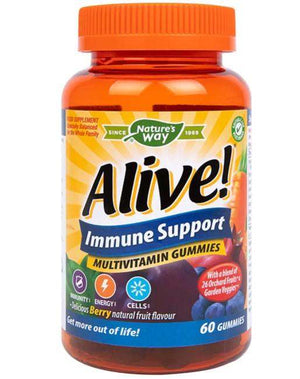
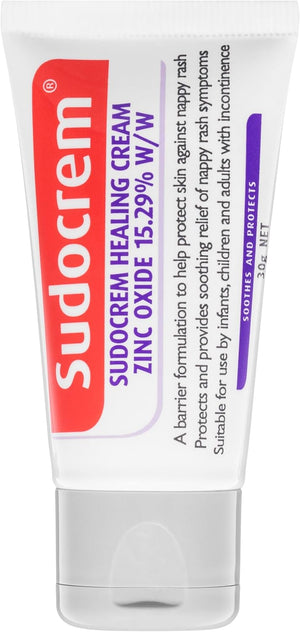
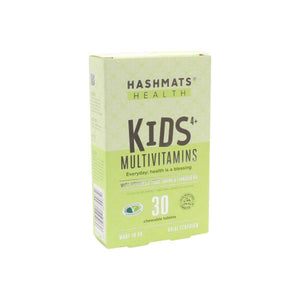



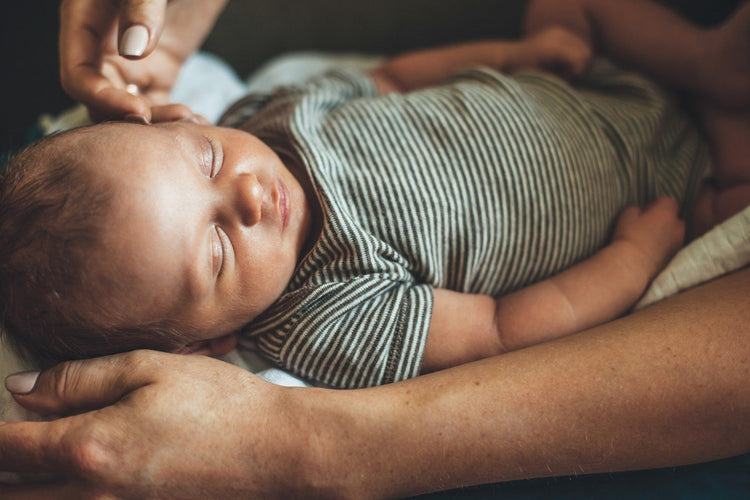
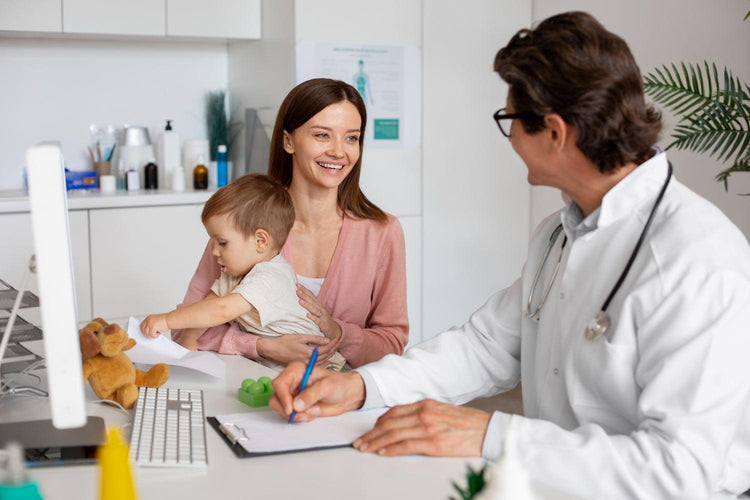
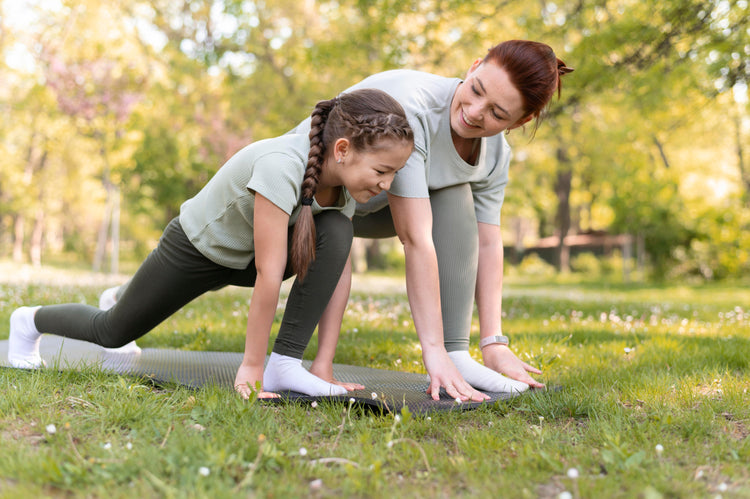
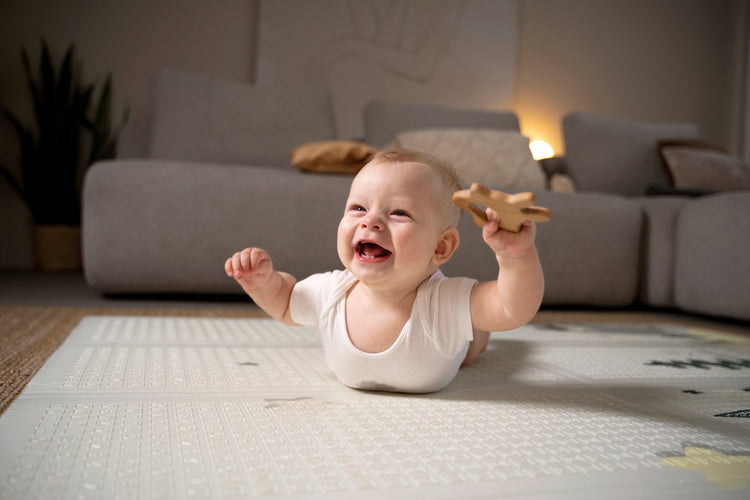
 Rated Excellent by 26,523+ Reviews
Rated Excellent by 26,523+ Reviews